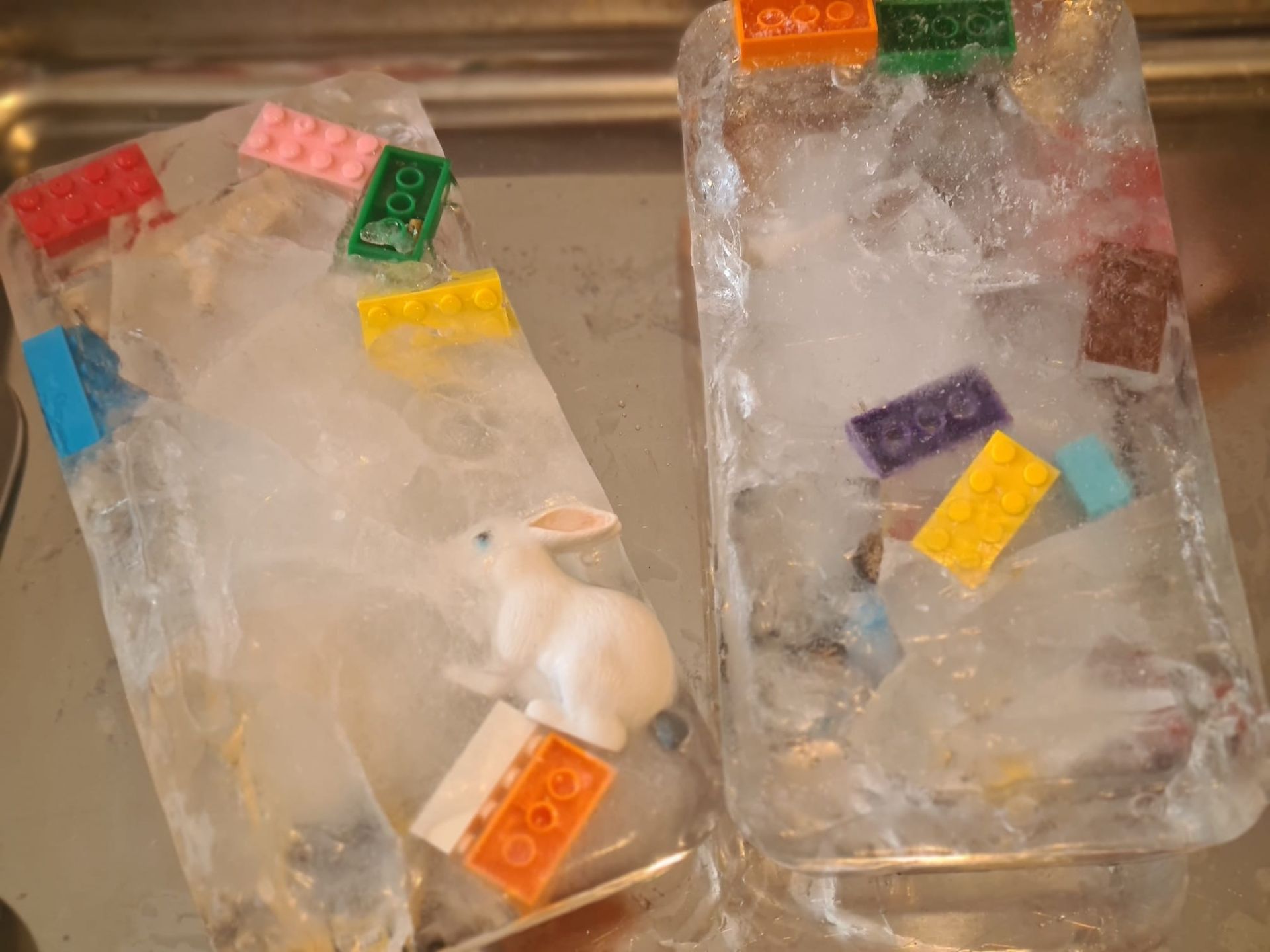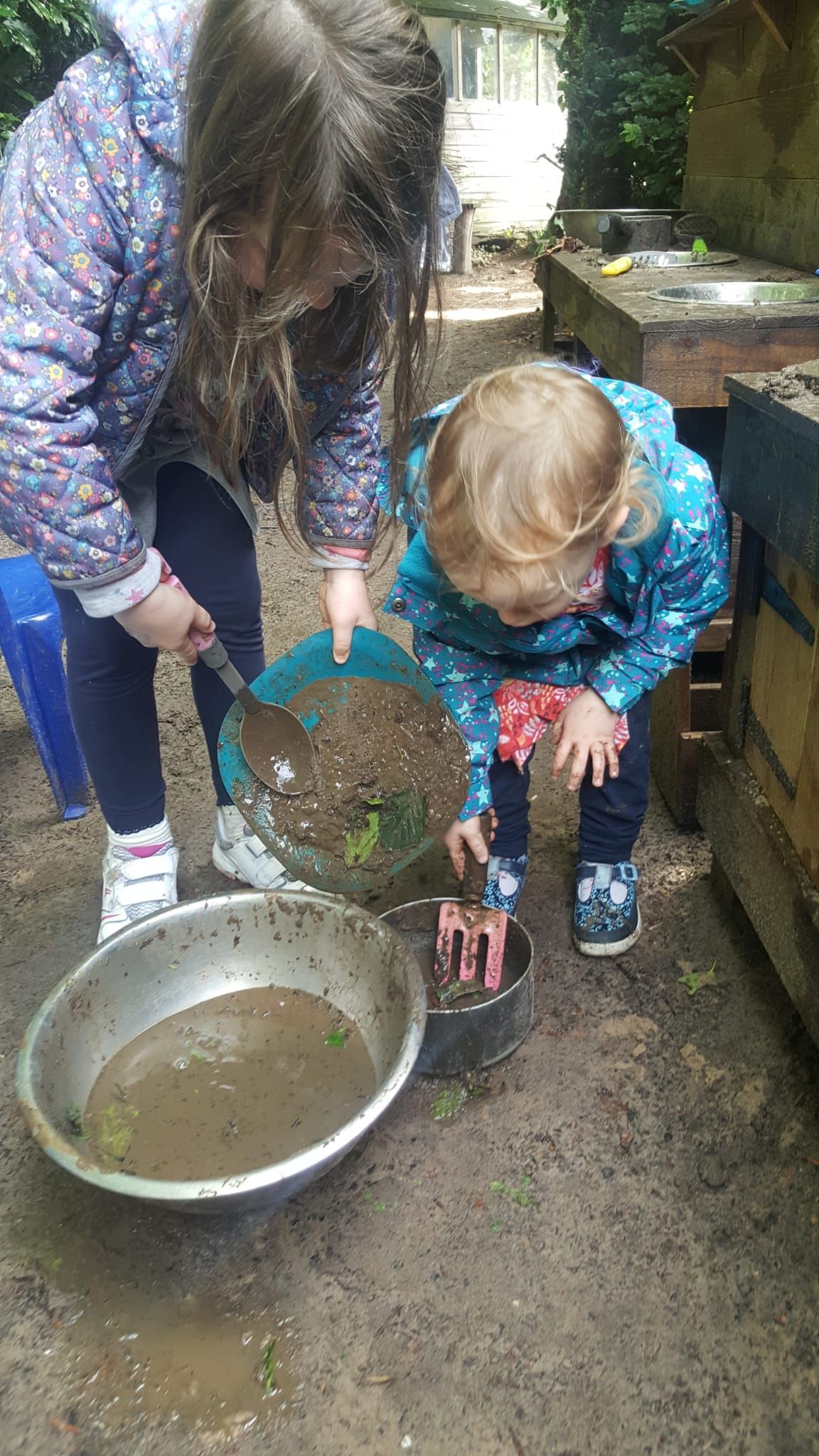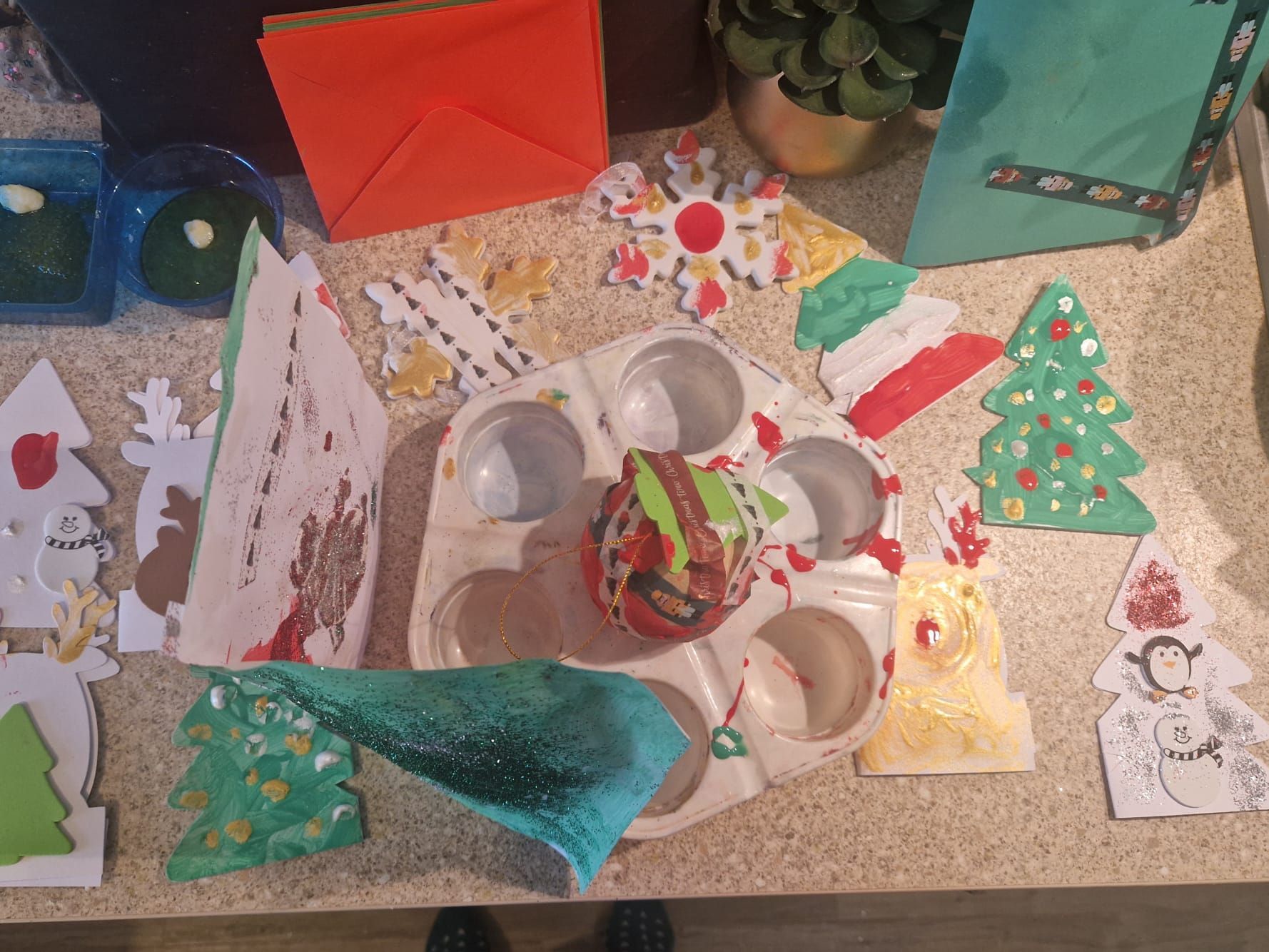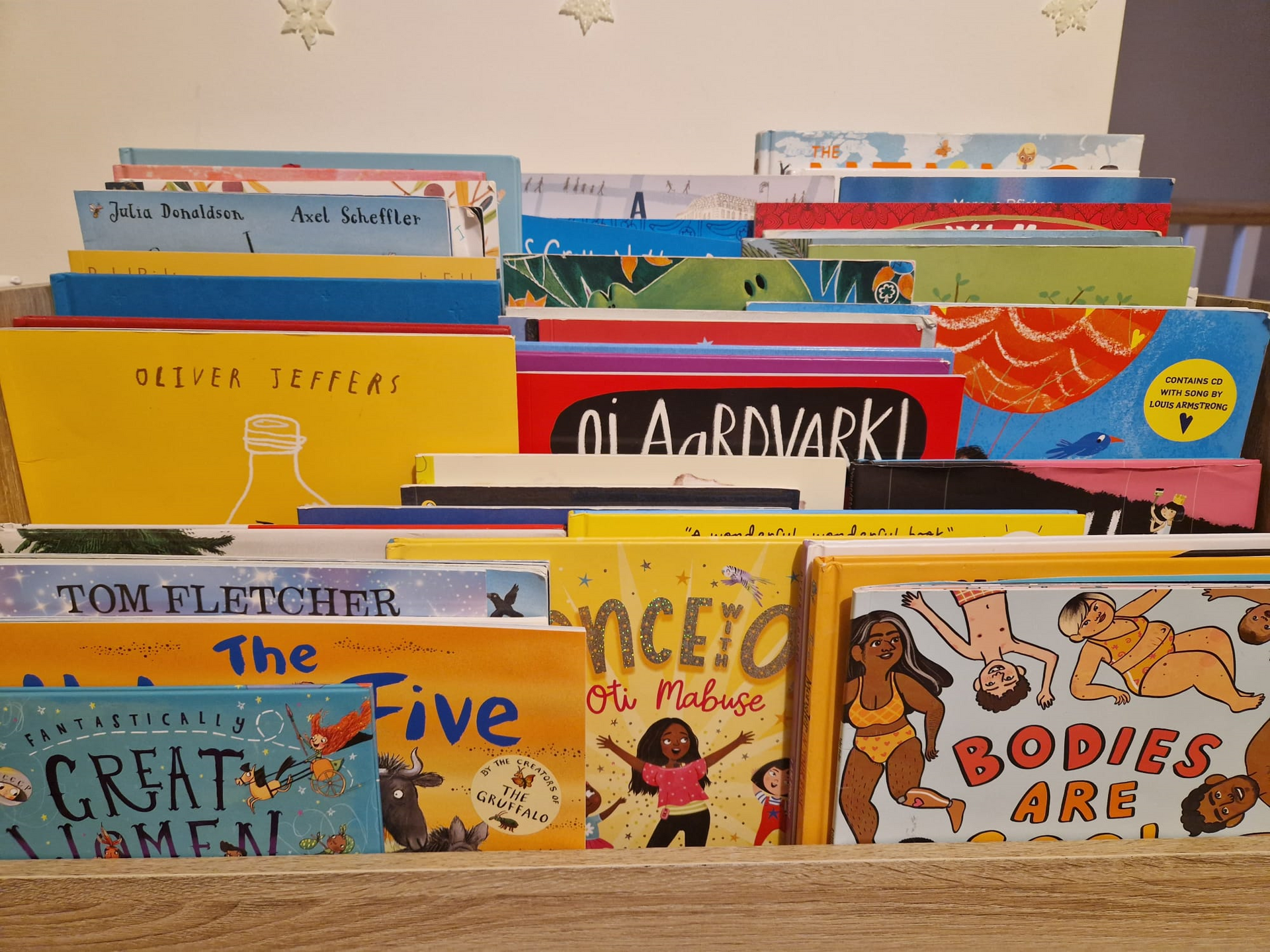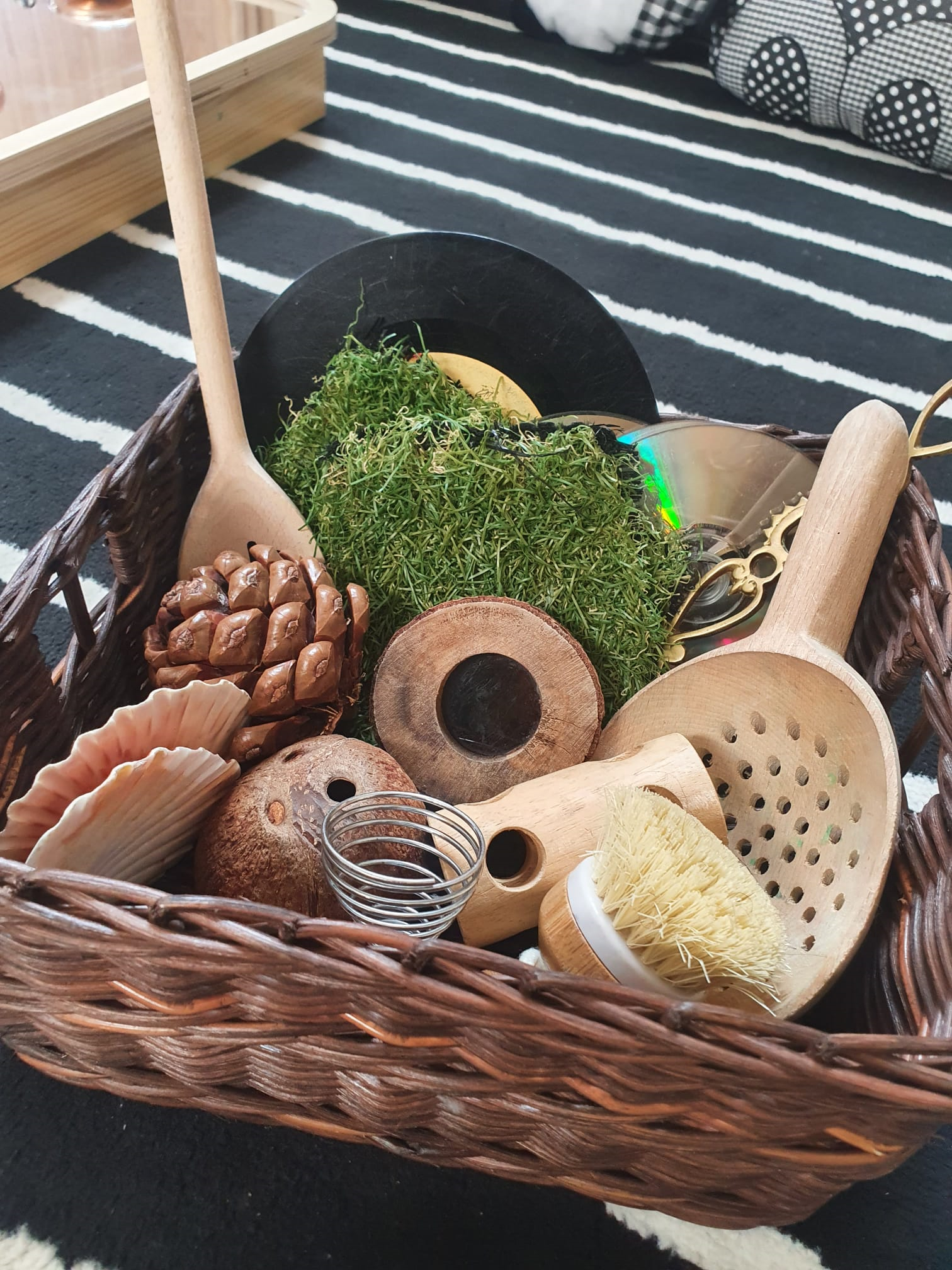Creating a Child-Led, Play-Based Curriculum
Embedding your ethos into your curriculum.
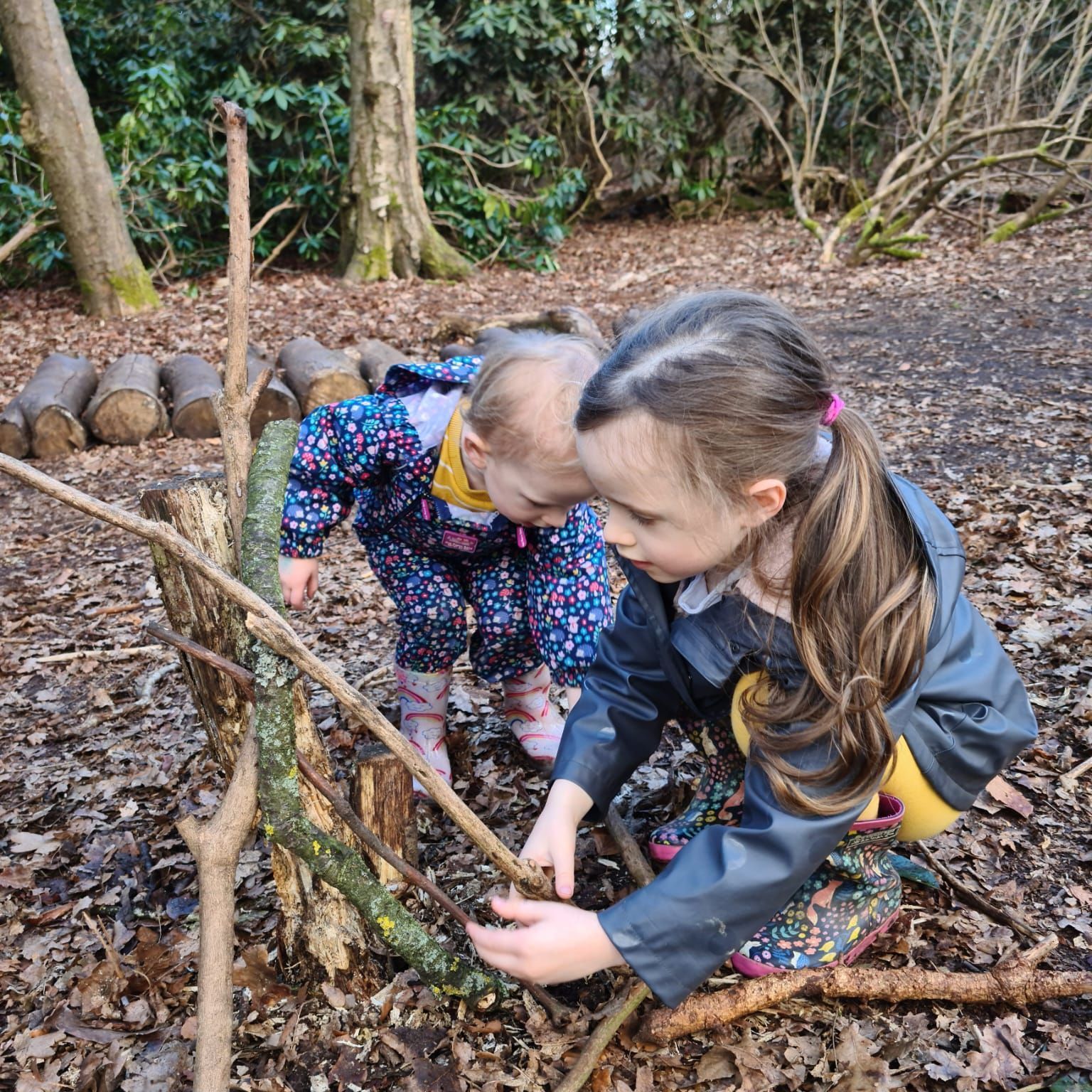
When we talk about curriculum in Early Years, it’s easy to get caught up in documents, frameworks and checklists. But at its core, curriculum is simply the journey a child takes while they’re in your setting. It’s about understanding where they are when they arrive and supporting them in reaching their full potential by the time they leave. How we guide them on that journey is what makes up the curriculum - and in an Early Years setting, there’s no better way to do that than through play!
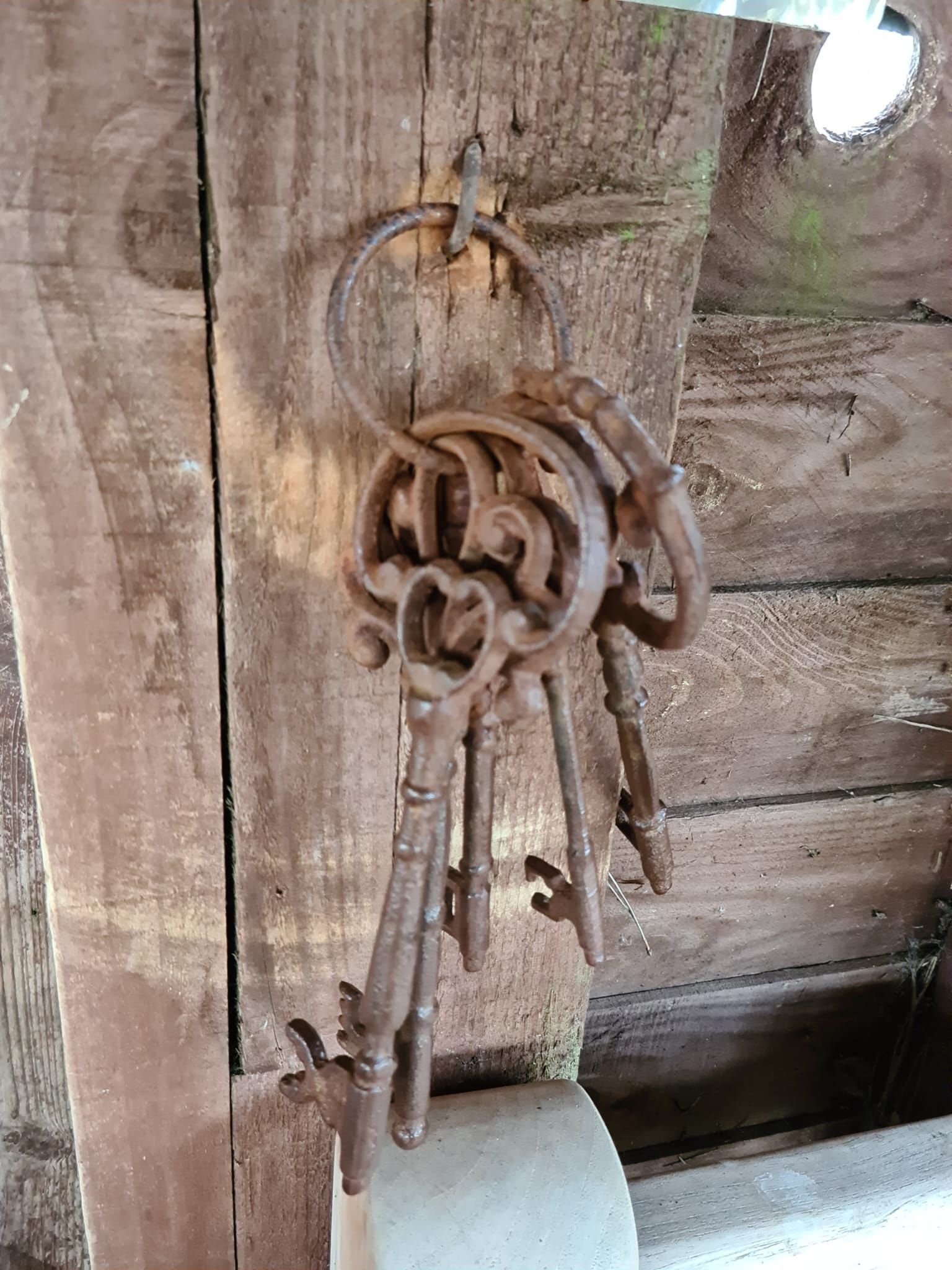
Leadership in Building a Child-Led Curriculum
Strong leadership is essential in shaping a meaningful curriculum. It starts with setting a clear vision of what you want children to achieve by the time they leave your setting. This could include fostering independence, nurturing creativity, developing social skills or building resilience.
Leaders should define their ethos and pedagogy, ensuring that these principles are embedded in everyday practice.
A well-articulated ethos might include:
- A commitment to play-based learning as the primary tool for learning.
- Creating engaging environments that inspire curiosity and exploration.
- Allowing space for fun and joy as an integral part of the learning journey.
- Building strong relationships with children and their families to create a sense of belonging.
- Encouraging problem-solving, critical thinking and independence through open-ended activities.
Leaders must also ensure staff feel confident in delivering this vision. Providing training, reflective practice opportunities and fostering a culture of collaboration can help embed a truly child-led curriculum.
Curriculum That Works for Your Setting
One of the biggest misconceptions is that curriculum is just about following Development Matters or Birth to 5 Matters. While these frameworks provide useful guidance, they are not your curriculum – they are tools that can help shape it. Your curriculum should be unique to your setting, your children and your community. What works for one nursery won’t necessarily work for another, and that’s okay! The key is to build a curriculum that reflects the children in your care, their interests, their needs, and the values of your setting.
Creating a Child-Led, Play-Based Curriculum
So, how do we build a curriculum that is truly child-led and rooted in play? Here are some practical steps:
1. Start with the Children
Observe, listen and engage. What are the children interested in? What sparks their curiosity? A child-led curriculum means following their lead, not prescribing what they should learn. Use their interests as the foundation for planning activities and experiences.
2. Create an Enabling Environment
A well-planned environment invites exploration, problem-solving and creativity. Open-ended resources like loose parts, natural materials and role-play areas give children the freedom to direct their own learning through play.
3. Be Flexible
Play-based learning isn’t about rigid plans. If the children suddenly develop a fascination with dinosaurs, space or cooking, go with it! Your curriculum should evolve with them, allowing for deep engagement in meaningful experiences.
4. Build Strong Relationships
A child-led curriculum relies on responsive adults. Staff should be attuned to children’s needs, scaffolding their learning without taking over. Conversations, interactions and well-timed questions help extend play and encourage deeper thinking.
5. Weave in Key Learning Areas Naturally
You can still ensure children develop key skills within a play-based approach. Maths, literacy, problem-solving and social skills all emerge naturally through high-quality play experiences. For example, a child building a tower is exploring balance, measurement and spatial awareness without needing a formal ‘maths activity’.
6. Reflect and Adapt
Leaders should create a culture of continuous reflection. Regularly evaluate what’s working and what needs tweaking. Are children engaged? Are they progressing? Are staff confident in facilitating child-led play? Continual reflection ensures the curriculum remains meaningful and effective.
A child-led, play-based curriculum isn’t about ticking boxes – it’s about creating a rich, engaging learning journey for children. With strong leadership, a clear vision, and an ethos rooted in play, fun, and relationships, you can build a curriculum that not only meets developmental goals but fosters a lifelong love of learning.
So, let’s embrace play, follow the children’s lead, and build a curriculum that truly works for them!
